Photographer Larry Schiller Really Owes It All to History
- Oops!Something went wrong.Please try again later.
- Oops!Something went wrong.Please try again later.

Photographer, journalist, director, producer, author, curator, raconteur — Lawrence Schiller is a man of many skills, all of which seem to have a stream of connectivity.
Whether connecting the past and the present through his creative endeavors, connecting people for key projects, or connecting the dots of a story to entertain, inform or provoke, the 85-year-old is still at it. His decades-long career could be boiled down to working with the court of public opinion. “How do you present things to the public? How do you preserve an image or bring an image up-to-date?” Schiller said.
More from WWD
A lifetime of relationship building has led to some intriguing assignments and projects. “Even though financially it works out, my motivation is not money. My motivation — first — is getting the job done like nobody else could do. That’s what I’m all about. How do you do something in a manner that nobody else would attempt to do in this period of time?” he explained.
Case in point: He was recently approached by the White House Historical Association to secure the rights for a Jacques Lowe photograph of Jacqueline Kennedy that will be used by the artist Meneese Wall, who is painting a series of modern portraits of the first ladies. Schiller manages the archives of several esteemed photographers including that of Lowe, who first served as Kennedy’s presidential campaign photographer before becoming the first family’s personal photographer. With the exception of an 18-month alliance with the Saturday Evening Post, Schiller has always worked independently. He consults with and advises estates and trusts on monetizing and preserving the legacies of American notable figures. Consulting internationally has been his focus in the 21st century. With an archive of upward of 800 boxes and a database with 32,049 records — photos, letters, contracts, legal documents, interviews, scans and more, Schiller noted he has more than 8,600 audio tapes of interviews that he has done since the early ’60s, including ones with Nelson Mandela following his 1990 release from prison. His prolific portfolio crosses mediums and encapsulates some of this nation’s history and pop culture.
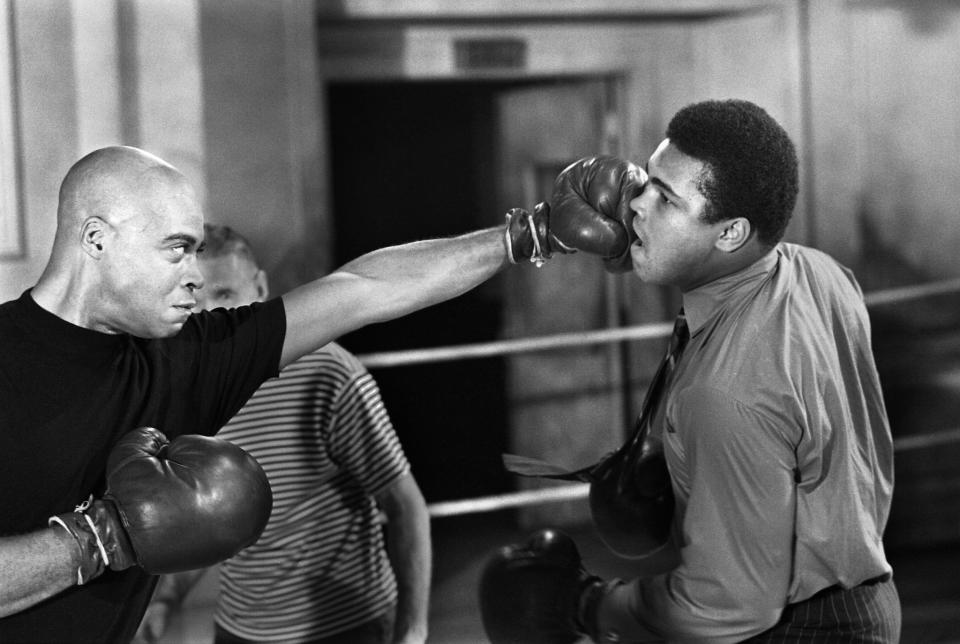
Lawrence Schiller/Courtesy Lawrence Schiller
Following the assassination of John F. Kennedy in November 1963, he arrived in Dallas in time to photograph Lee Harvey Oswald. Years later, he scored the final interview with Oswald’s killer Jack Ruby. Schiller was also a friend of Oswald’s widow, Marina, for 30 years. That was, until he and another comrade, Norman Mailer, started to write a book about her. Schiller curated the photo exhibit “American Visionary: John F. Kennedy’s Life and Times” for the Smithsonian American Art Museum and produced the official centennial book for Harper Collins. He also photographed Marilyn Monroe on the set of her final film, George Cukor’s “Something’s Got to Give.”
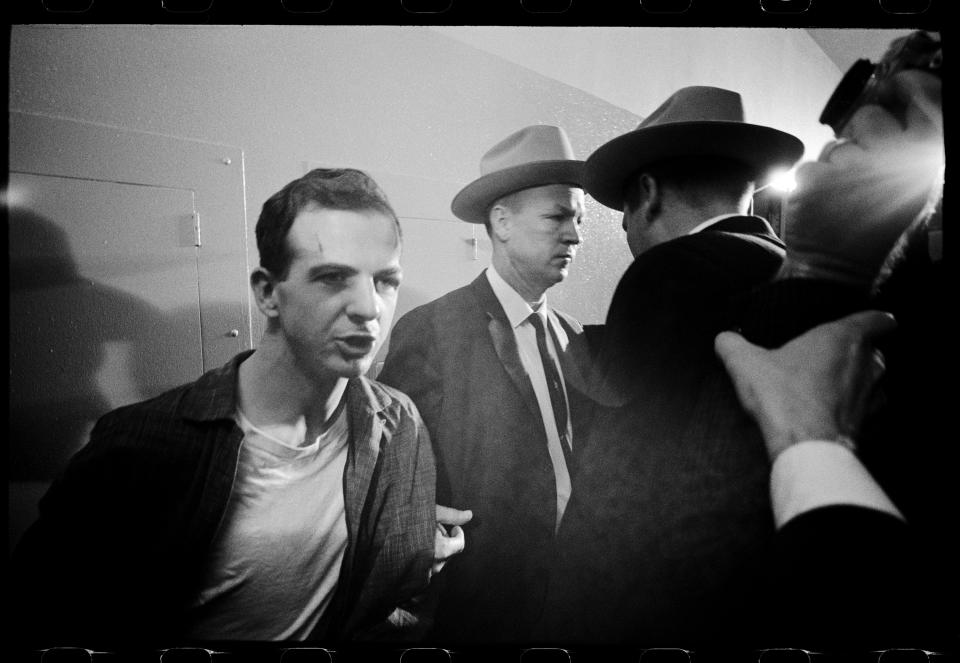
Photo by Lawrence Schiller/Courtesy
Like many of his career highlights, these stories are entwined and detailed. During a recent Zoom interview, Schiller tended to zigzag, periodically dropping names and how-I-got-there explanations. However circuitous that might be, in fairness to him, such events were a lifetime in the making. Did we mention he shot the Kardashians’ annual Christmas card, when Kim, Kourtney and Khloé were tikes? Or how his idea for an O.J. Simpson-bylined book helped lawyer Robert Kardashian fund the majority of the legal defense for former NFLer’s 1995 murder trial?
Muhammad Ali, Martin Luther King, Bette Davis, Alfred Hitchcock, Ai Weiwei, Paul Newman, Robert Redford, Clint Eastwood, Robert F. Kennedy, Barbra Streisand, Marilyn Monroe — his subjects are far from the meek. One of the films he worked on, “The Man Who Skied Down Everest,” won an Oscar for its producer, and the television miniseries “Peter the Great” starring Laurence Olivier that Schiller executive produced and codirected scored won an Emmy. Despite being dyslexic and “not having a very good vocabulary,” Schiller has worked with intellectuals and established writers like Mailer. “You never know how a project is going to come about,” he said, raising his voice a few octaves to emphasize the point — as he often did during the lengthy interview.
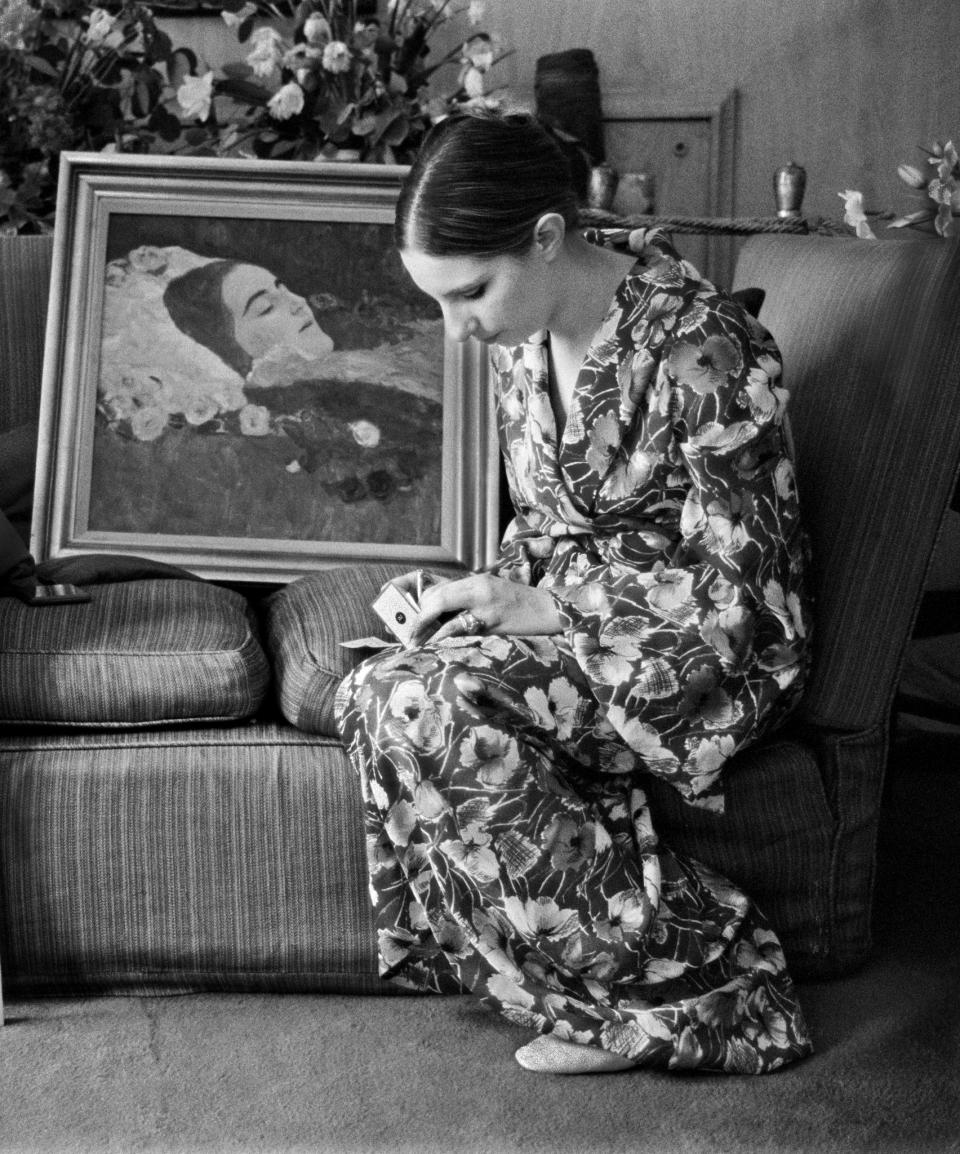
Lawrence Schiller/Courtesy Lawrence Schiller
After helping to arrange for prized lensman W. Eugene Smith’s travel from Japan to the U.S. for medical treatment, Schiller later produced “Minamata,” the pictorial chronicle of mercury poisoning in Japan. After determining the book was lacking medical proof, he urged Smith to go to Japan to speak with physicians. The 50th anniversary edition of the book will be released in English next year.
Schiller explained the logistics of the final interview with Ruby. “There were security problems so the questions were asked by Jack’s lawyer in Yiddish, and Jack responded in English. For a period of time, there was a Texas Ranger or marshal standing by the window. To him, it was just a normal conversation between a lawyer and his client. But the questions had been mapped out and I was very much involved,” Schiller said, adding that in his opinion Ruby’s responses indicated that the shooting of Oswald was not pre-planned.
Having accidentally been struck with an umbrella in the eye as a child, Schiller’s vision is partially impaired, but is “normal” to him. While he knew how to operate a camera and understood what Henri Cartier-Bresson described as the decisive moment, Schiller said, “The greatest asset that I had in photography was being a sports photographer in high school. I learned anticipation. All of my photography really shows anticipation — not the moment that I see something and want to take a picture. I am always looking for what is the next moment going to be like?” adding that the instantaneousness of smartphones and digital have eliminated the need for that skill today.
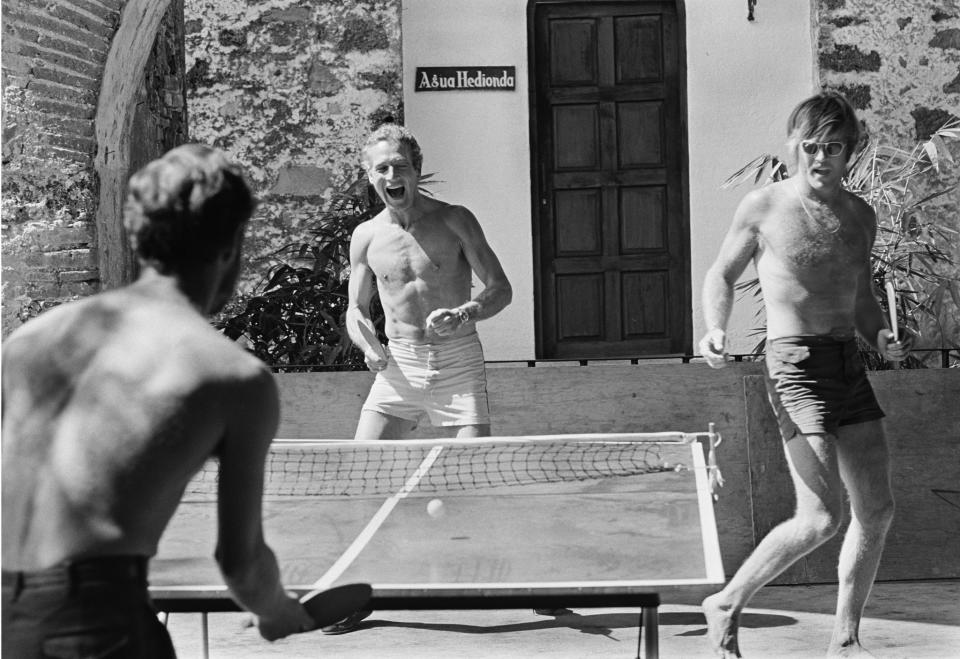
Lawrence Schiller/Courtesy Lawrence Schiller
“Every project has its own requirements and sometimes I fail. Sometimes I go out with a project and it falls flat on its face. But you read about the ones that were successful, not about the failures.”
With representation in six or eight galleries worldwide including M.S. Rau in New Orleans, his pictures sell for $3,000 to $16,000. If all of this sounds like the makings of a memoir, one is halfway done. Its working title, “You Owe It to History,” isn’t just a catchphrase. He has spoken those words to everyone who he has ever interviewed. “At some point, they don’t want to answer questions. I look them square in the face and say, ‘You owe it to history. What have you got to hide?’”
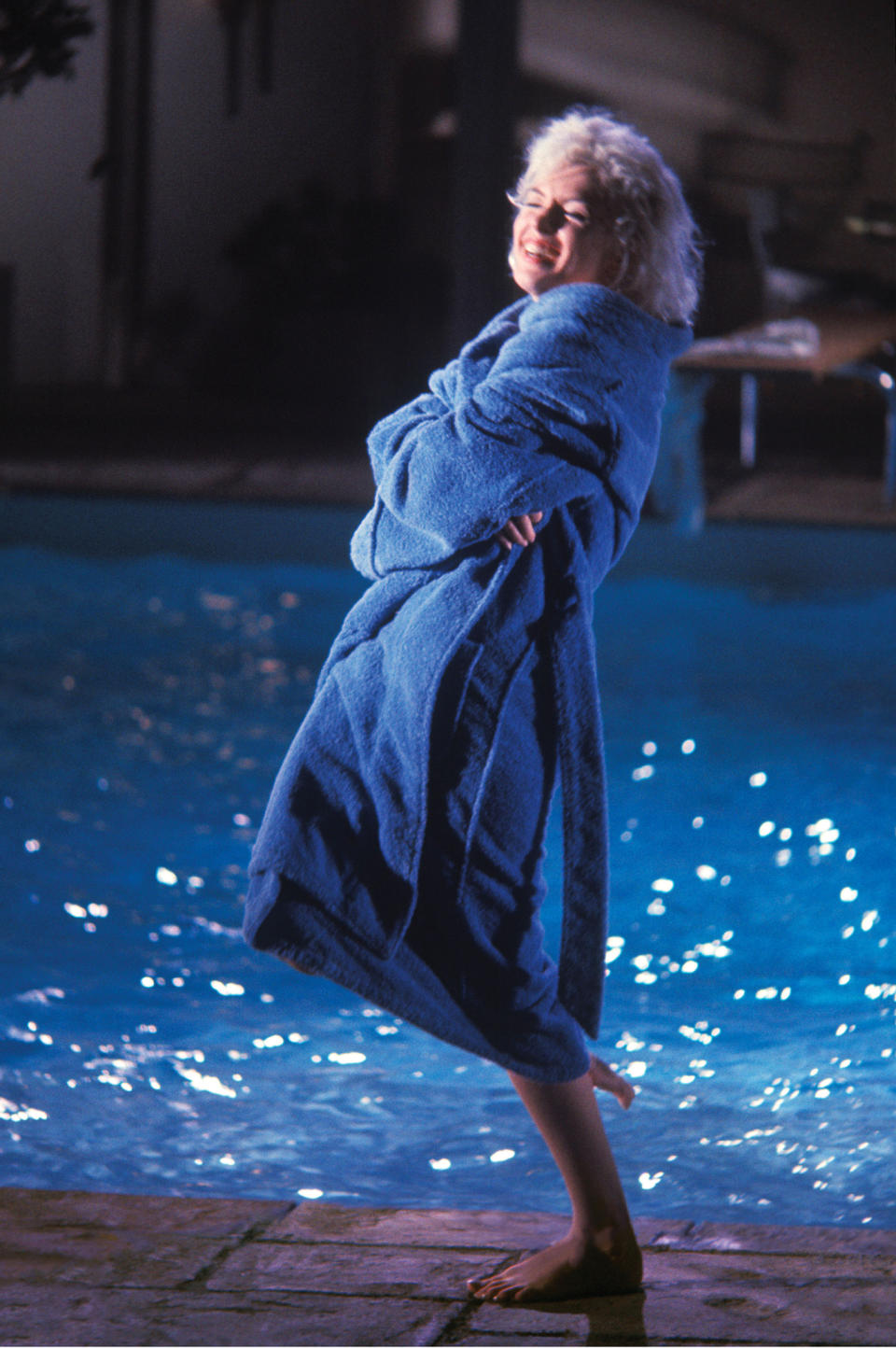
Lawrence Schiller/Courtesy Lawrence Schiller
He continued, “You have to remember that exclusivity doesn’t necessarily give you the truth. Exclusivity just gives you access. Then you have to really find the story or whatever the version of the story is at that point in history. Sometimes the subject alone doesn’t know all the facts,” Schiller said.
Asked about how the predominance of exclusivity in the media has led some organizations to abide by unwritten rules (or agreed-upon ones) where the interviewer will not go after the larger or more controversial story, he said, “Number one, I started with exclusivity the first time I ever used financial means to get exclusivity was in the early 1960s. My entire life, I’ve never worked for a media organization under contract. I’m my own boss. I can make my own decisions. I’m not saying I make the right decisions all the time, but in journalism you’re not supposed to use money. Money taints in essence the credibility of what you’re doing. I don’t believe it does. All it does is give you access. Then you have to be the journalist that you should be to get the story.”
Although he said he does not routinely offer money for interviews, when necessary, he does. The first time he did that was a $3,000 offer to a man and a woman, who survived a plane crash in the Yukon and were rescued after 49 days in Alaskan conditions that dipped to 40-degrees below zero. Through that interview, he developed a friendship with the couple and later directed the 1975 TV movie “Hey, I’m Alive.” Schiller said, “I’ve always felt that if people have an asset, a story, and they’re going to give it to you, they should be reimbursed. If I’m working, I should be reimbursed for my time and effort. But I respect the journalistic point of view that some people feel it taints the credibility. You should get people to talk without having to reimburse them for their time.”
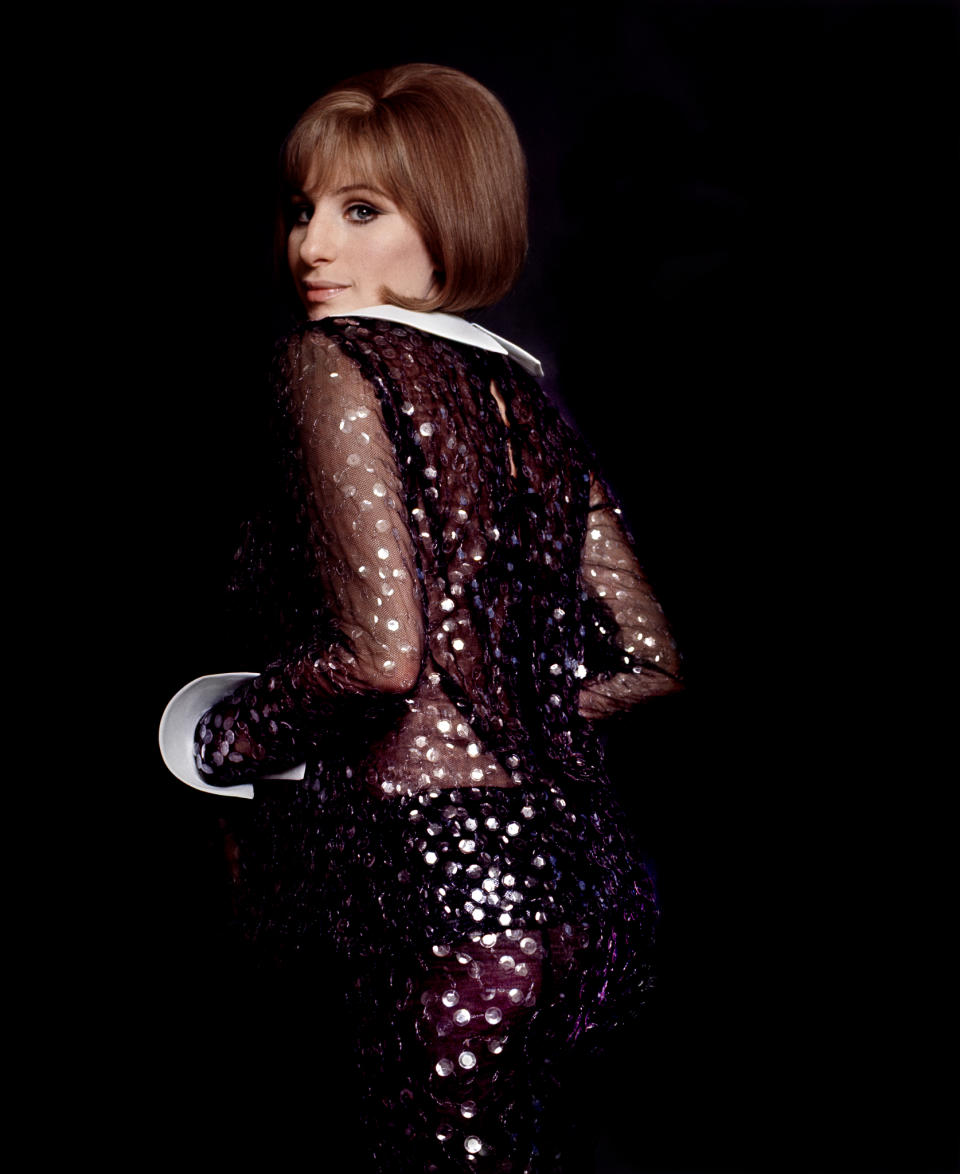
Lawrence Schiller/Courtesy Lawrence Schiller
Through his friendship with Kardashian, Schiller was tapped to direct a video for his then-wife Kris’ 30th birthday that was aired for the first time on a private jet en route to Las Vegas. Set to Randy Newman’s “I Love L.A.,” the tribute featured a cameo of Simpson singing a few lines. Following the “tragic deaths” of Simpson’s wife Nicole and Ronald Goldman, Schiller said Kardashian called him one day to say, “‘O.J.’s going to be hiding out at my house and I don’t know what to do. I need your advice. You’ve been involved in all this stuff over the years.’”
At Schiller’s suggestion, he and Kardashian met by the edge of the 405 so that the noise from the freeway would drown out their conversation should Los Angeles police be trying to listen in. That led to Schiller embedding himself with Kardashian and the rest of Simpson’s legal team. Referring to the 1996 New York Times bestseller “American Tragedy” that he cowrote, Schiller said he paid every lawyer interviewed for that book $400 to $500 an hour — about $60,000 worth a piece. “Why should he give me the time that he normally would be charging some other client?” Schiller explained. “But that didn’t mean I was going to get the information. I still had to be a good interviewer or good journalist with those lawyers.”
He also helped Kardashian fund Simpson’s legal defense. After noticing a trove of mail at Kardashian’s house, Schiller suggested having Simpson answer the letters — without discussing innocence or guilt — to publish a book, and more importantly secure an advance from a publisher to help cover the $1.5 million needed for Simpson’s defense. Published before the jury was sequestered, that memoir, “I Want to Tell You,” involved Schiller interviewing Simpson for 31 hours in jail over a number of occasions. “Half his attorneys didn’t know I was interviewing him. They certainly knew when the publisher gave us a $1.5 million advance for the book,” Schiller said.
As for the outcome of the case, he said, “I don’t think the prosecution was educated enough to present the right case and obtain a conviction.”
Asked about the media and entertainment empire the Kardashian family has since built, Schiller said, “You have to give all that credit to Kris. And she learned it all from [her second husband] before [she] became [Caitlyn Jenner]. When she [remarried], [Caitlyn] was doing infomercials with cross trainers. [Caitlyn] was a very smart business[person] and Kris was on all of those infomercials, [too]. [Caitlyn] had just won the decathlon at the Olympics. And Kris is a very smart woman.”
As for how the Kardashian family has monetized themselves, Schiller said they have executed it in a manner in which they feel comfortable. As for their ongoing grasp on society despite current upheaval in the world, Schiller said, “Well, there are many other people, who still exist [in the public psyche]. Everybody still knows Charles Manson, Marilyn Monroe, Andy Warhol. There are some people who have longevity. These young ladies have been able to keep up with the times. They have good business managers. They have a big source of income selling cosmetics in India. That’s one of their big markets that Kris told me. I don’t deal with how they look on YouTube or Instagram. I just know they have a product. The product happens to be themselves and they’re selling that product. And they know how to sell it to today’s audience.”
Best of WWD
Sign up for WWD's Newsletter. For the latest news, follow us on Twitter, Facebook, and Instagram.

